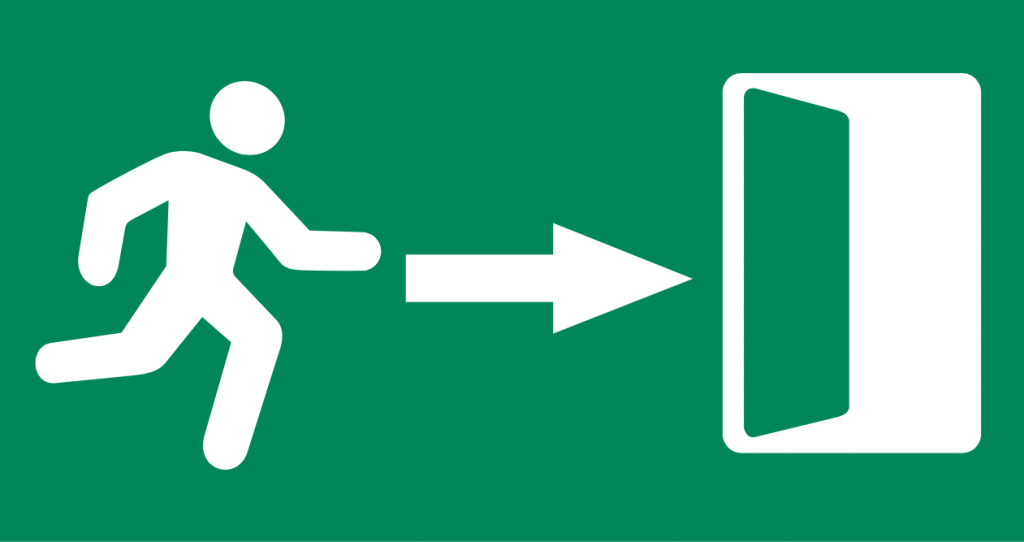You Can Master 5 Simple Phases of Mindfulness Meditation
Lifestyle February 18, 2024 Damon Mitchell

I’m not a monk. There’s a lot more to this than I understand. I’m telling you this because I like to be honest, but more importantly, I don’t want you take this as direction. I hope you read this, thinking, that sounds simple – I could do that.
It is. You can.
There’s nothing weird about meditation. You don’t have to sit in a funny way, hum, chant, light incense, rock, roll, fast or smoke anything. In fact, the less you do to spruce up your meditation, the better. You need a seat. You need you. If you have lungs, you’re set.
Now, here’s some honesty again. My current meditation practice, I learned from listening to Andy Puddicombe via the Headspace App. I’m a huge fan, no denying it. Best money I’ve spent on meditation yet.
It’s the only money I’ve spent, to be honest again.
You can break your basic meditation practice into five parts, with some subparts, which I will outline. The oversimplified oversimplification of the simplified approach goes like this: calm down, pay attention, breathe, let it go, then wrap up. Like I said, easy. You’ll see.
Start with five minutes, but I find ten affords me enough time to get into the breathing better. In general, more time=more breathing.
Relax Your Body
In order for this to work, you have to be comfortable. The goal is not flat on your back comfortable because you may fall asleep. A comfortable chair that sits you upright will do. Slouching may result in sleep too, but sitting erect like a ballerina won’t do either. Find the soft middle spot between the two.
Start your meditation with 5-6 deep breaths, in-and-out. With each exhale, try to let your muscles relax. I can usually feel my shoulders drop a perceived inch with every exhale.
This part takes me all of 30-60 seconds. Try not to let your mind wander, but if it does, don’t waste your time getting distracted with your distracted mind. Just come back to your breath and body. No biggie.
Take Awareness
This phase has three parts to it. It will help you let go of your thinking, transitioning you into observation. This is the first goal with mindfulness. As far as I can tell from my puny vantage point, it is always the goal, letting go.
First, feel your body where it touches the chair or floor. You don’t have to feel these spots in any order or fashion. Just feel them. Feel the weight of the body you call home.
I also like to take stock of any place where I feel something touching my body, like a breeze against my hair.
Next, listen. Find the closest sound to your ears, working your way out as far as you can. Take ten seconds.
Then, do a body scan, starting at your skull.
Whole schools exist on scanning your body. There is no wrong or right way, necessarily, but you want to let go of judging or thinking about your body too much. Just observe tense spots as if you were taking notes from a witness.
If you can get a sense of your general mood at this time, that would be great, but again, no judgment. Just let it be. If you are cranky, just note it as a fact: I’m cranky. Then, move on.
I spend anywhere from 2-4 minutes on awareness. To help me, I use the Insight Timer app, with intervals set at the five-minute mark. If my first bell goes off before I’ve finished my scan, no problem. I know where I am; a little behind.
Breathe
This is the simplest but most challenging part of the exercise. You are going to just let your body breathe. Before you get too far into this breathing, take a minute to decide what your intentions are from the meditation.
If the word “intentions” gives you panic attacks, don’t stress. Your intentions can be as simple as “I want to be more aware of my emotions when they happen.”
I spent a long period of time working on tolerance, recognizing it, then graduating to understanding. It’s really up to you what you choose as your intentions. Just try to keep them simple. When my mind gets distracted, remembering my intentions helps me refocus sometimes.
Once you sort that out, you’ll want to focus on your breathing. The goal is to observe, not to control or judge, just breathe. It sounds simple, but observing your breathing without trying to control it is very hard if you’ve had any breath control training, like in performance or martial arts.
You don’t have to count, but I find counting helps me not go totally off the rails. In my head, I count “1” on the inhale, then “2” on the exhale, counting to ten then starting over. If I find myself counting to 14, that means my mind has wandered off. No problem. Back to one.
Understand, your mind will wander. You might get lost following thoughts or emotions. There are techniques for handling these, but the best technique is to simply recognize your mind has wondered, then refocus on your breathing.
I spend most of my time on this part. If it’s a ten-minute session, I will spend 5-6 minutes on breathing. If it’s fifteen minutes, I spend 10-11 minutes.
Release Your Mind
Towards the end of your meditation, whenever you decide that is, release your mind from all of its work. Stop trying to follow your breath. Stop counting.
Let your mind do whatever it wants.
Some find this moment is the first peace they feel from their thoughts. For others, like me, the mind goes bonkers with abstract imagery. You only need to do this for a moment. Whatever happens is okay.
Exit the Meditation
Exiting the meditation is similar to getting into it. It takes about 30 seconds.
Focus on your body, how it touches the world around you. I find it reassuring to know I haven’t gone too far, that my body was there the whole time.
Then, take in the sounds again in the same fashion, starting from the closest ones moving outward.
In your own time, you can open your eyes, then take a stretch. You may appreciate taking a moment to recognize how nice was your meditation. I don’t find much value in this, but many do. It reinforces the value of the practice.
So… pretty straightforward, right? Anyone can do this.
I strongly recommend getting a little help when you get started. Eventually, we should all train with a master. I have it on my bucket list, towards the top.







